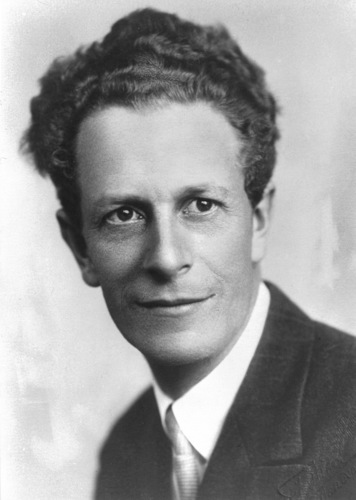NY Choral explores two contrasted 20th-century masses

It’s interesting to see what a choir chooses to sing when performing on their own: when not appearing with an orchestra in some favorite of the symphonic repertoire, many program composers whom we don’t usually hear in concert halls.
One such is the Swiss composer Frank Martin, who left an important legacy in the choral literature. In a Friday evening concert at St. Bartholomew’s Church on Park Avenue, the New York Choral Society paired masterworks of Martin and Zoltan Kodály.
The Martin work was his magnum opus, the Mass for Double Chorus, completed in 1926 but not performed until 1963. This piece is rich with expressive possibility, full of emotion and conflict, and is in many ways quite difficult. NY Choral gave it a credible performance, yet they never sounded completely comfortable in the music, and the performance felt a bit underprepared.
Martin’s Mass opens memorably, with a warbling plainchant that is gradually layered over itself, flowing towards a more aggressive, rhythmically sharp expression of the text. From the start, these singers showed clear voices and a warm sound, yet there was little dynamic contrast in the music as shaped by music director David Hayes. In much of the Mass, they sounded oddly timid, not confident enough to sing out their parts, which contributed to the overall constriction of their range.
The “Qui tollis” section of the “Gloria” achieved a breathtaking, almost cleansing effect with its rich dissonances. Here, NY Choral did not try to press the sound, but rather allowed the tension of the tart harmonies to linger in the air. But again they dropped down to half voice while trying to navigate the tricky fugue at the close of the “Gloria.”
They sang with more confidence in music that was thickly built, as in the ponderous opening of the “Credo.” In the pulsing Sanctus, they found more fullness of tone, and their best work came in the hair-raising, sad beauty of the “Agnus Dei,” its pining melody climbing over a soft pedal tone.
Kodály’s Missa Brevis felt more solid, on the whole. After a slightly clumsy approach to the mass of declarative chords at the start, Paolo Bordignon settled into the organ solo that makes up the “Introitus,” coaxing a spellbinding hush out of the instrument in the final bars.
Solemn contemplation in the “Kyrie” led into the stately, crisp rhythms of the “Gloria,” which formed a sort of structured jubilation, as the male voices provided a rock-like foundation for the cresting scales of the women. One of the highlights of the entire program was the gorgeous trio of soloists in the “Qui tollis” section of the “Gloria,” featuring the bright baritone of Robert Shacklett, dusky alto of Karen Snow, and plangent tenor of Oliver Henderson in an intimate moment that stood out from the grand structure of the Mass.
The “Credo” showed some questionable intonation, but the bright purity of NY Choral’s sound captured the sharp grief of “Crucifixus etiam pro nobis.” Hayes took the unorthodox step of placing the organ solo of the “Ite, miss est” here rather than in its proper place at the end of the Mass, allowing us to hear it immediately after the “Credo,” from which it draws its musical ideas.
A soothing quality came through in the unassuming melody of the Benedictus, and the Agnus Dei brought back the falling melody heard before in the “Qui tollis.” Once again, the solo captured the quiet pain of the moment before leading into the bright resolution of “Dona nobis pacem.”
With only an hour of music on the program, it seemed an odd choice to include a twenty-minute intermission when performing the two pieces without a break would have made the experience even more satisfying (and more efficient).